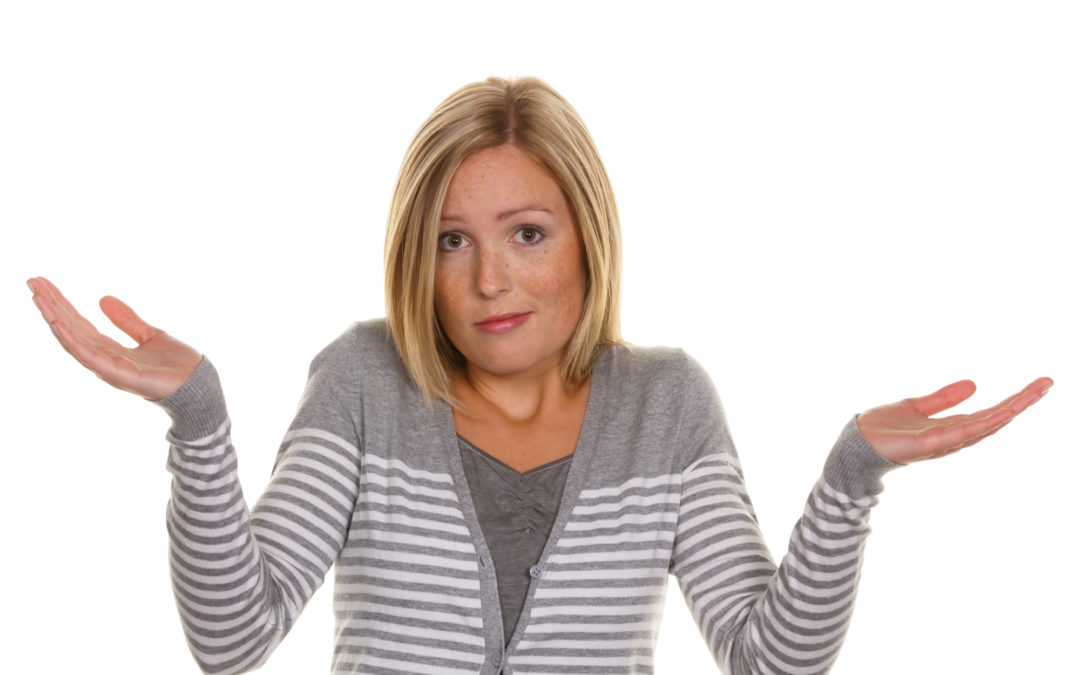Varicose Veins are a common problem that affects over 40 million people in the United States. Although not always painful, varicose veins do pose a health risk and should be treated to improve the overall health and well being of patients.
With advanced procedures, varicose veins are completely curable and need not be something that is just dealt with for the remainder of one’s life. In fact, more and more people are realizing the significant improvements to their life that removal can offer.
Big, blue bulging veins that are prominent on the legs are not just a problem that grandparents or the elderly suffer from. There are several risk factors for who is prone to this problem.
Who is at Risk for Varicose Veins?
According to Specialized Varicose Vein Doctors, there are several factors that could determine who is most likely to develop Varicose Veins. Do any of these percentages apply to you?
- Almost 50% of varicose vein patients have a family history of varicose veins.
- If both parents have varicose veins, your chances to develop the disease are close to 90%.
- If one parent is affected, daughters have a 60% chance while sons have a 25% chance of developing the disease.
- The prevalence of varicose veins is greater in women (55%) compared to men (45%)
- It is estimated that 50% of the US population over 50 years old has varicose veins.
- Women who are moderately overweight (BMI 25-29.9) have a 50% increased risk of developing varicose veins compared to women who are not overweight. Women with a BMI greater than 30 are three times as likely to develop varicose veins.
When Should You See a Doctor?
Varicose veins can be extremely painful, cause swelling, tenderness or infection. If left untreated risk of blood clotting is a major concern for patients who are not monitoring their condition. It is time to talk to a doctor if you feel soreness and throbbing in your legs, weakness or a heavy sensation, inflammation in the vein, open sores on the legs, or swollen ankles or feet.


Recent Comments